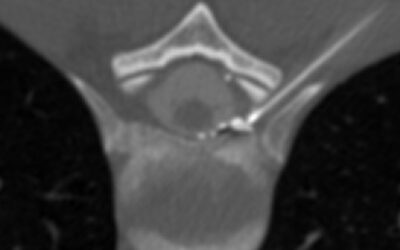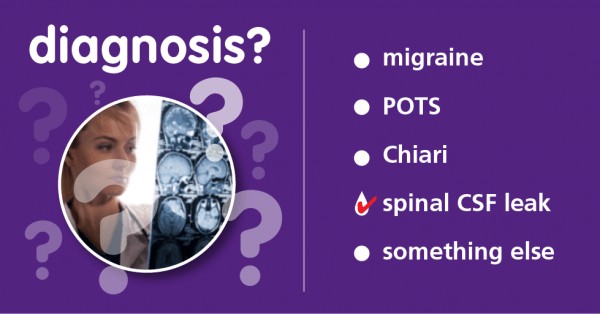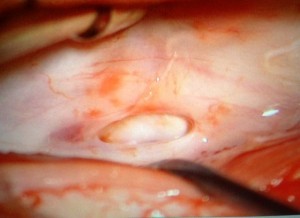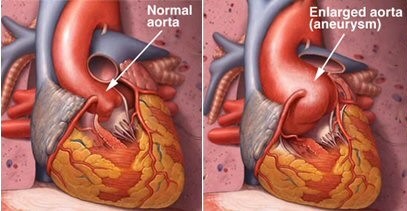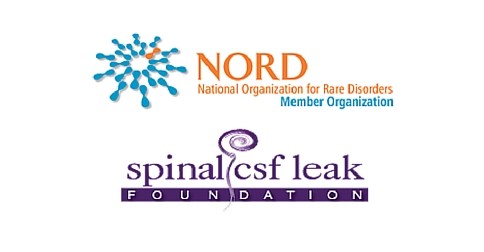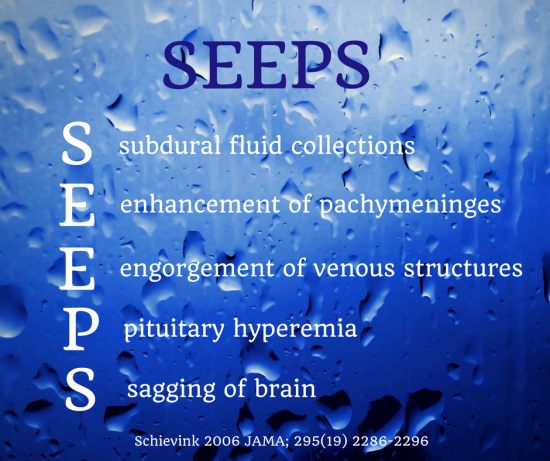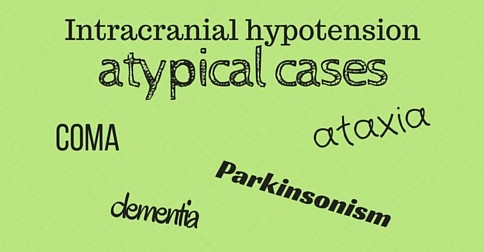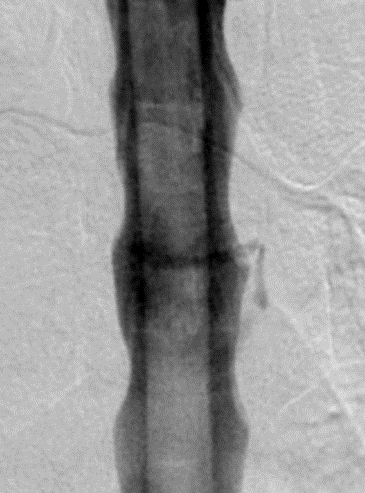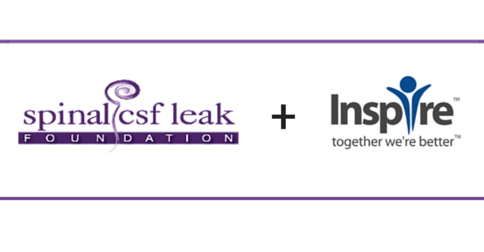CT-fluoroscopy-Guided Ventral CSF Leak Patching Shared with permission from Timothy Amhrein, MD and Duke University Medical Center Several centers in the USA and elsewhere that see larger numbers of patients with spinal CSF (cerebrospinal fluid) leaks are continually...
News
Diagnostic challenges in spontaneous intracranial hypotension
Spontaneous intracranial hypotension from spinal CSF leak is an important cause of headache, often quite disabling, that can be cured with treatment. The diagnosis, however, is not always as straightforward as one might imagine. Apart from low familiarity of an...
Case Report: Tremor and Ataxia from Spontaneous Intracranial Hypotension
This 2016 paper from the open-access journal Tremor and Other Hyperkinetic Movements is a case report about a 68-year-old man who developed tremor and ataxia and did not have a positional headache. It was not until his MRI was done that the underlying cause of...
Deconditioning in spinal CSF leak patients
Many patients with intracranial hypotension from spinal cerebrospinal fluid (CSF) leaks endure a limited ability to be functional while upright. Often much or most of the day is spent recumbent because that is often the only effective way to reduce the positional...
Abnormal Dura in Spontaneous Intracranial Hypotension
Heritable disorders of connective tissue (HDCT) have been identified more frequently in people with spinal CSF leak than in the general population.
Focus on Causes of Intracranial Hypotension
There are several situations in which intracranial hypotension (low CSF volume/pressure in the head) can develop. This is almost always secondary to a CSF leak at the level of the spine. There are 3 main categories. Causes of Intracranial Hypotension: 1. Iatrogenic –...
Do I Need an Echo?
Many cases of spontaneous intracranial hypotension (SIH) (intracranial hypotension = low pressure inside head) due to spinal CSF (cerebrospinal fluid) leak appear to be related to an underlying weakness of the dura, the connective tissue that holds CSF in around the...
National Organization for Rare Disorders
We have recently joined NORD, the National Organization for Rare Disorders. NORD, a 501(c)(3) organization, is a patient advocacy organization dedicated to individuals with rare diseases and the organizations that serve them. NORD, along with its more than 230 patient...
What is SEEPS?
This clever mnemonic device helps physicians to remember the findings on cranial (brain) MRI imaging in intracranial hypotension (low CSF volume and pressure in the head) from spinal CSF (cerebrospinal fluid) leaks. ALL patients with suspected intracranial hypotension...
Atypical and serious cases of intracranial hypotension
This recent paper highlights that the clinical presentation of spontaneous intracranial hypotension secondary to spinal cerebrospinal fluid leak may include serious patterns considered atypical. The authors compared the clinical and imaging findings of 8 atypical...
Digital Subtraction Myelography
A variety of spinal imaging techniques are currently employed in patients with spontaneous intracranial hypotension to localize spinal CSF leaks. Digital subtraction myelography (DSM) is being used increasingly, most often to visualize the origin of rapid leaks. A...
New Online Support Community with Inspire
We are launching Spinal CSF Leak Foundation Support Community in partnership with Inspire. Inspire is a trusted company that builds and manages many online support communities. Our new support community will be a great way for us to offer informational and social...

